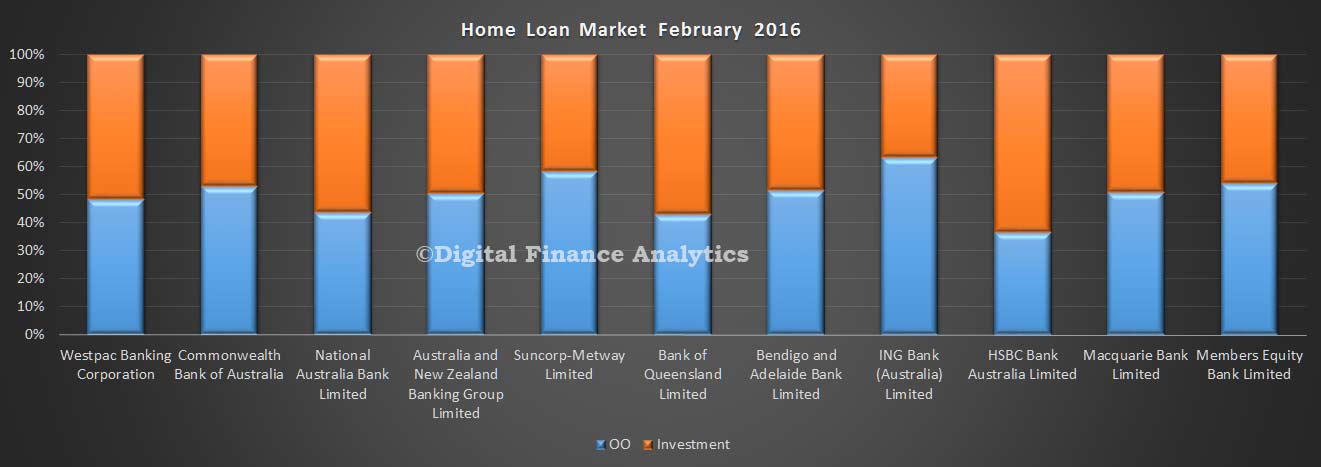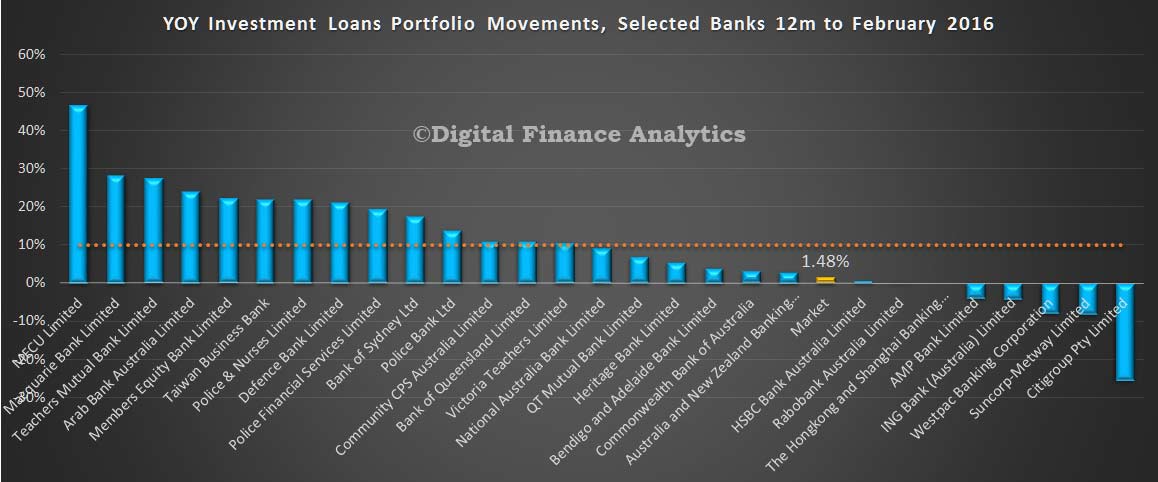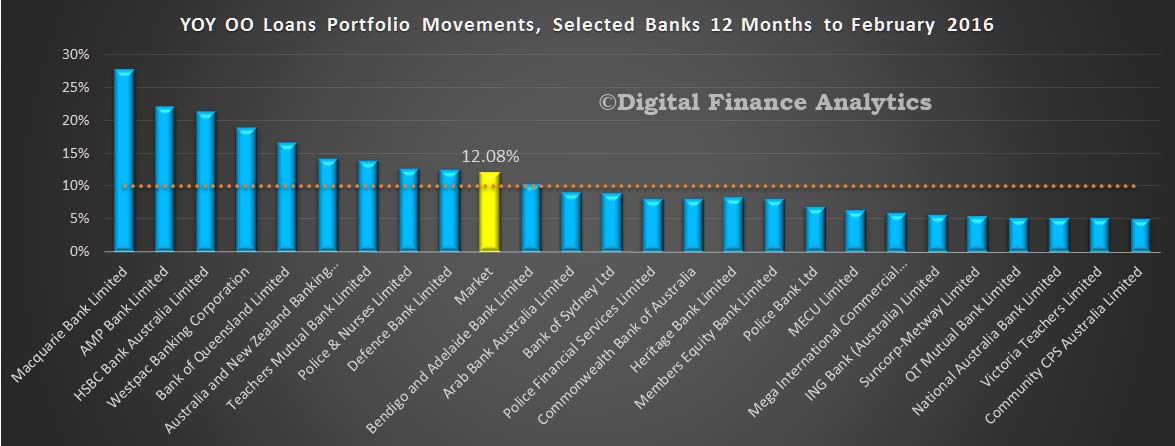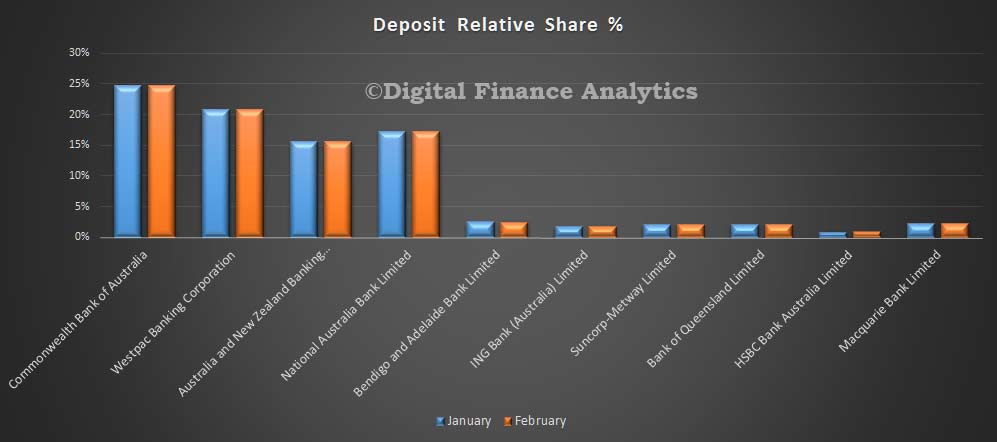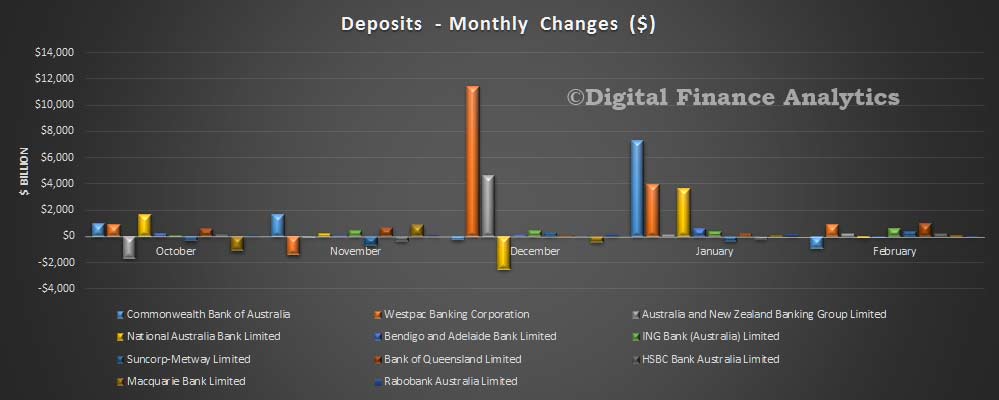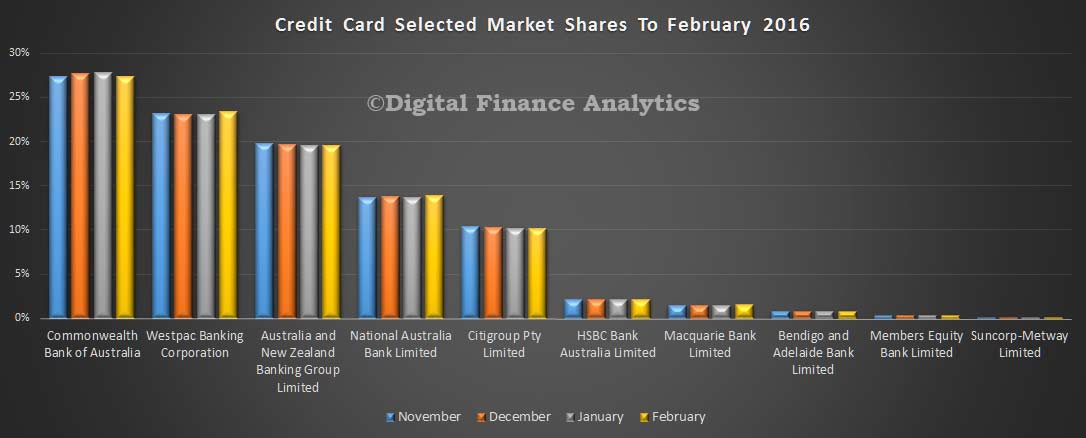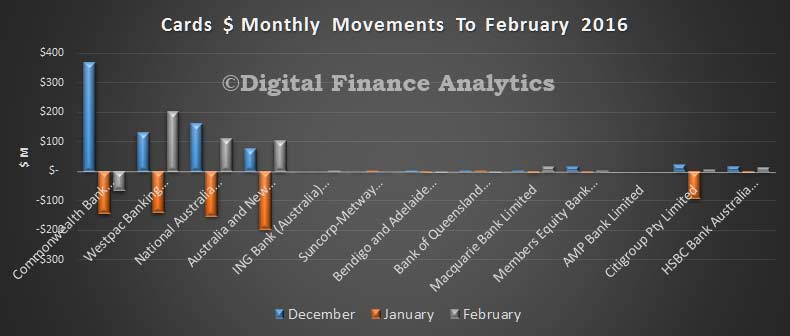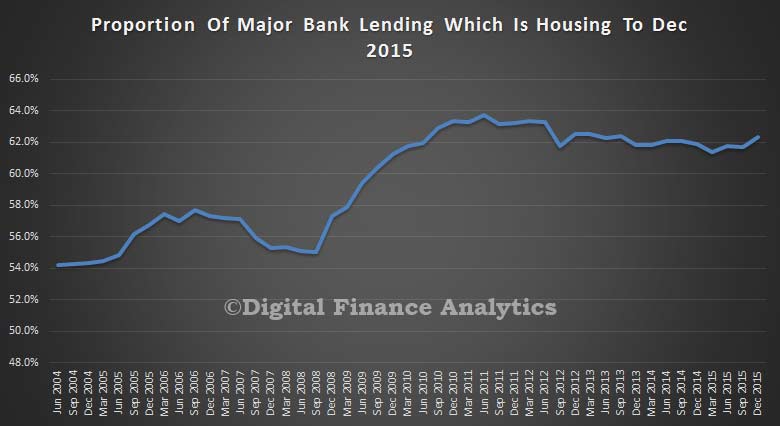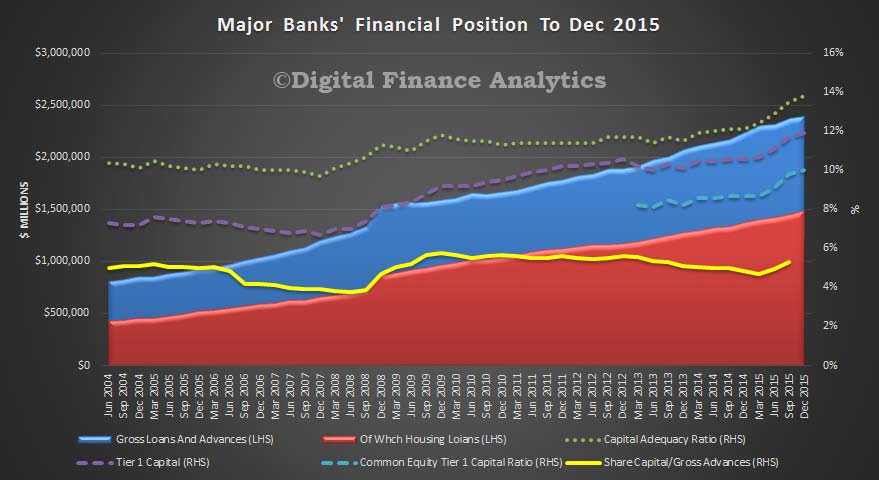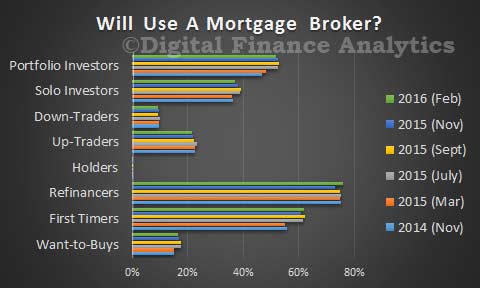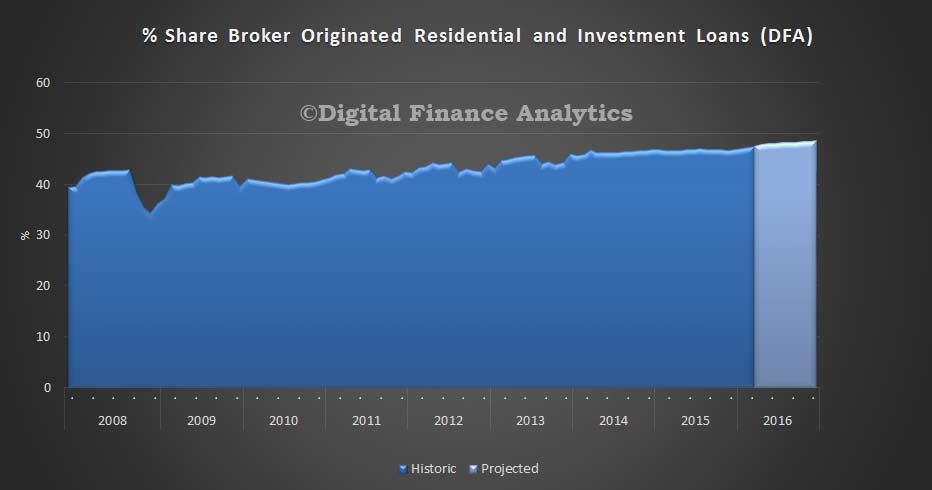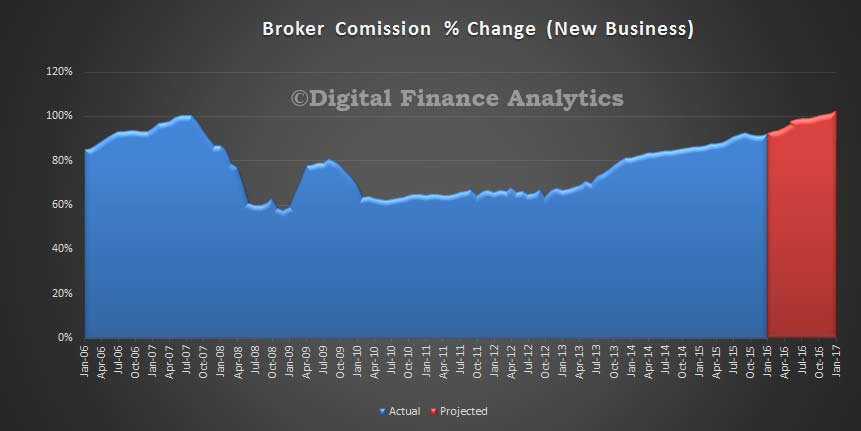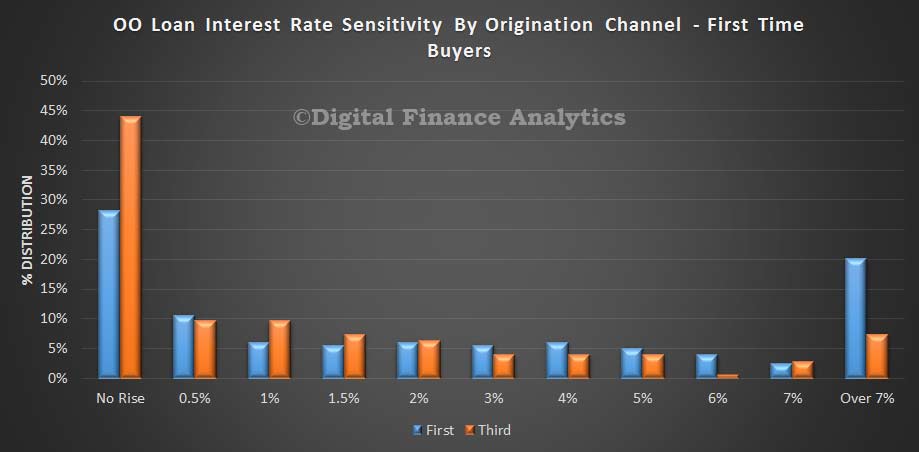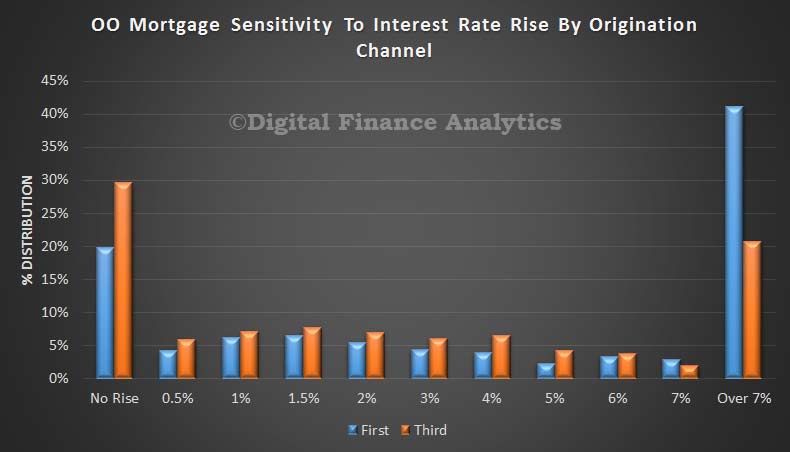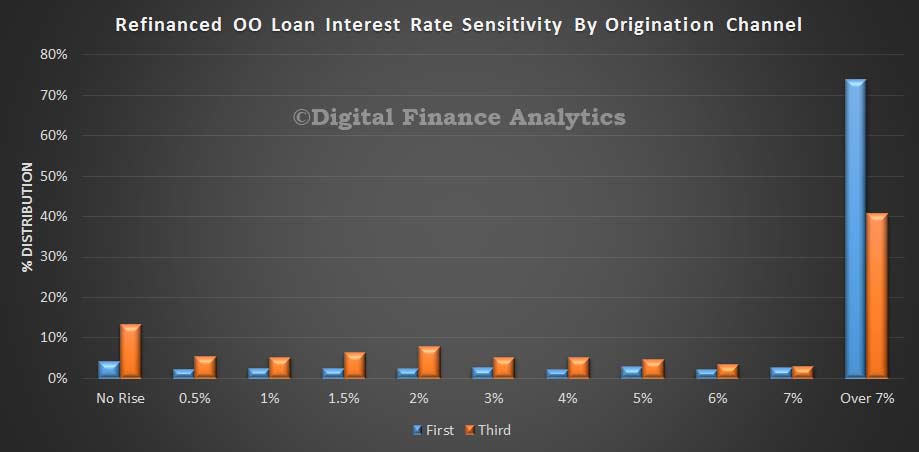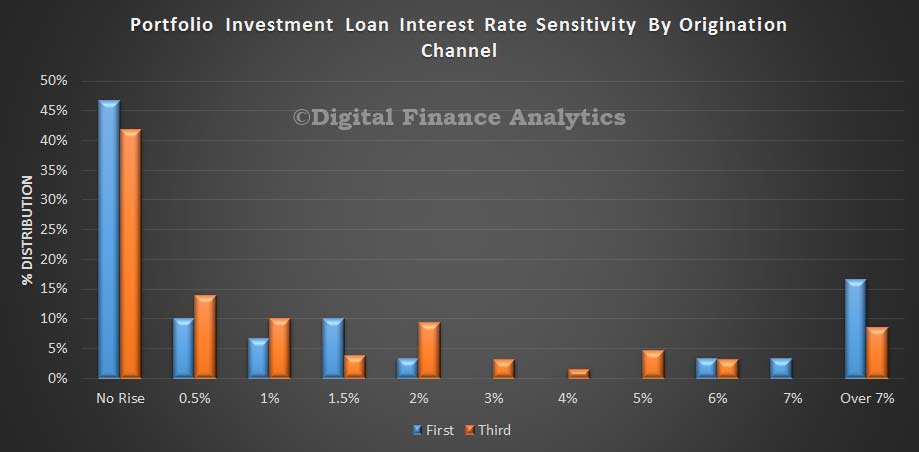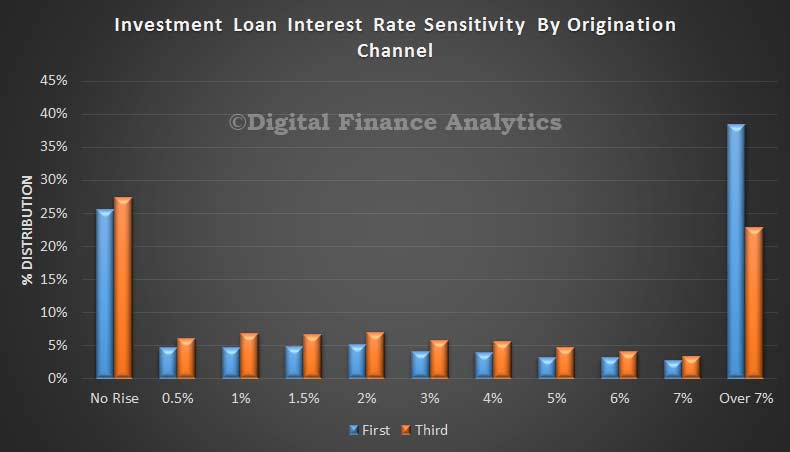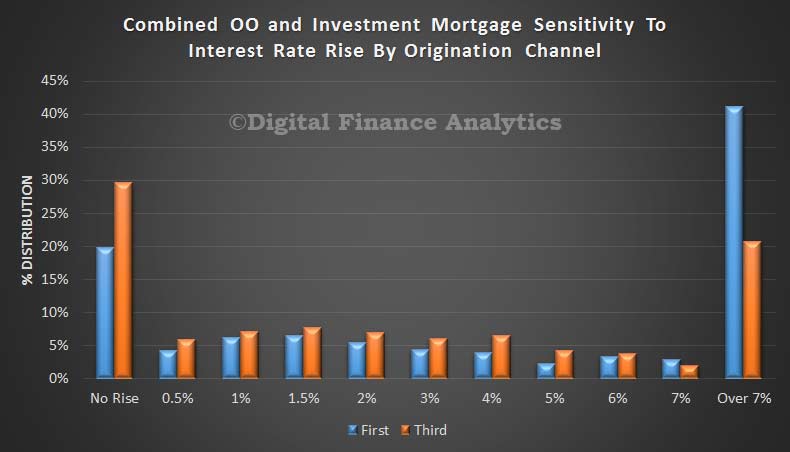The Australian Prudential Regulation Authority (APRA) has released the report on its investigation into the failure of Trio Capital Limited (Trio), as a result of which APRA removed 13 former Trio directors from the superannuation industry for specified periods of time.
These 13 individuals were Trio Directors between 2003 and 2009, and APRA’s enforceable undertakings have prevented them from holding senior roles in the APRA-regulated superannuation industry for periods between 3 years 6 months and 15 years (with one having no expiry date).
APRA’s view is that, given the wide interest in this matter over a number of years, it is appropriate to release the investigation report as it provides a concise summary of the circumstances surrounding the collapse of Trio, together with an overview of APRA’s regulatory actions following the collapse.
The release of APRA’s investigation report follows the publication in May 2015 of final reports from the Trio liquidator and with the final steps in the winding up of Trio’s five registerable superannuation entities in progress.
APRA’s investigation focussed on six related-party investments totalling approximately $150 million, all of which were lost or unable to be recovered. This included losses associated with investments in the Astarra Strategic Fund (ASF) as a result of fraudulent conduct.
The outcomes of the Trio investigation provide important lessons for trustees more broadly. APRA considers the significant investment losses can be attributed to a number of key factors:
-
inadequate investment governance processes;
-
failure to adequately manage conflicts of interest from dealings with related parties; and
-
failure to have adequate controls to mitigate fraud-related investment risk.
Since the Trio matter there have been a number of important enhancements to the regulation of the superannuation industry which impact directly on these three critical areas. These include introduction of prudential standards in superannuation, additional statutory duties imposed on trustees and directors, and further guidance provided by APRA on fraud risk management. Further detail on the lessons for trustees arising from the Trio investigation is available on APRA’s website at: www.apra.gov.au/Super/Publications/Pages/Other-Information-for-Superannuation.aspx
A copy of the investigation report is available on APRA’s website at: www.apra.gov.au/Super/Publications/Pages/Other-Information-for-Superannuation.aspx
Copies of APRA’s media releases announcing the enforceable undertakings of the 13 former Trio directors are available at: www.apra.gov.au/MediaReleases/Pages/13_34.aspx
Background
Q: What were the main outcomes of the investigation?
A: APRA accepted enforceable undertakings from 13 individuals, who were Trio directors between 2003 and 2009. The enforceable undertakings effectively removed these individuals from holding senior roles in the APRA-regulated superannuation industry for periods between 3 years 6 months and 15 years (with one having no expiry date).
Q: What were the main areas of conduct by Trio directors that the investigation focused on?
A: The investigation focused on six related-party investments totalling some $150 million, all of which were lost or unable to be recovered. The report notes that the key concerns identified by APRA were that Trio and former Trio directors failed to act in members’ best interests as:
-
the related-party investments had been made on the basis of insufficient due diligence;
-
the investments were on terms more favourable to related parties than would reasonably be expected had they been at arm’s length; and
-
there was inadequate monitoring of the performance of the related-party investments.
Q: What compensation has been provided to Trio members?
A: In 2011 and 2012 the Minister determined grants of financial assistance of approximately $55 million and $16.7 million respectively, totalling $71.7 million, for losses associated with the investments by Trio superannuation members in the ASF as a result of fraudulent conduct. The grants included an allowance for costs associated with the grant applications and incidental costs of the acting trustee incurred as a consequence of the fraudulent conduct.
Q: What are the main lessons for industry from the Trio matter?
A: The main lessons for trustees out of Trio are the importance of a sound investment governance framework, adequately managing conflicts of interest and ensuring the risk management framework effectively manages fraud risk. For further information on lessons for industry see www.apra.gov.au/Super/Publications/Pages/Other-Information-for-Superannuation.aspx
Q: What changes have there been to the prudential supervision of superannuation funds since the Trio matter?
A: In 2012 the Stronger Super Reforms expanded trustees’ statutory duties and included a duty to give priority to the interests of members over the interests of the trustee or other persons. APRA has also been given the power to make prudential standards in the superannuation industry, aligning APRA’s powers in this regard with those in the banking and insurance sectors. Prudential standards in superannuation also cover areas such as investment governance, conflicts of interest and risk management.
Q: Are there other relevant changes expected to the prudential framework for the superannuation industry?
A: The Government has introduced into Parliament legislative changes to further improve superannuation governance and improve transparency through portfolio-holding disclosure measures. APRA’s review of the Trio failure has also identified other areas of potential legislative reform, such as enhanced requirements for significant changes in ownership or control of RSE licensees, and is liaising with the Government on these changes.
The Australian Prudential Regulation Authority (APRA) is the prudential regulator of the financial services industry. It oversees banks, credit unions, building societies, general insurance and reinsurance companies, life insurance, private health insurers, friendly societies, and most members of the superannuation industry. APRA currently supervises institutions holding $5.4 trillion in assets for Australian depositors, policyholders and superannuation fund members.


